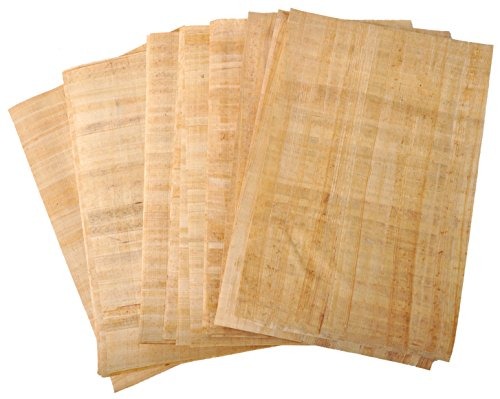
″You’ve done Egypt proud.The oldest papyri that has been discovered dates back to the third and fourth dynasties of Egypt's Old Kingdom (2686-2181 B.C.), as Smithsonian Magazine says, when king Khufu commissioned the building of the Great Pyramid. Adel Ibrahim, a surgeon from Huntington, W.Va., who had brought his wife and three children to Egypt to learn something of his native land. It’s going to be one of our favorite highlights of Egypt.″Įqually as enthusiastic was Dr. ″This should be the first stop for any tourist,″ said art teacher Pat Cline, of Ingleside, Ill., in front of a scaled-down Pharaonic temple. Tour books didn’t mention it and most still don’t. Ragab’s Pharaonic Village opened in 1985, he had poured $8 million into it, a fortune built with papyrus.īut tourist agencies avoided it and many still do. He started work on it in the early 1980s, hired actors to take the roles of ancient Egyptians and by the time Dr. What he saw in his mind’s eye was ″a living village from the golden days of the New Kingdom, the time of King Tut and Ramses.″ ″I realized there was no place for a tourist to learn about ancient Egypt, about what he was seeing in the museums,″ he said. ″You even have two villages with 30,000 people who gave up farming a couple of years ago, just to grow, make, paint and market papyrus,″ Ragab said. Hundreds of papyrus factories sprang up, many making fake paper from banana skins or corn husks. Ragab estimates his industry now earns $100 million a year locally, $40 million internationally.īut Ragab’s success was too great. In 1984, President Hosni Mubarak went to Washington with a Ragab portrait of the Sphinx with President Ronald Reagan’s face instead of a Pharaoh’s. Egyptian presidents give papyrus as gifts. Lightweight and exotic, papyrus is ″the only true Egyptian souvenir,″ Ragab said.


His papyrus paper attracted artists, who duplicated tomb paintings, golden faces of King Tut and ancient medical manuscripts. Ragab opened his first Papyrus Institute, which he called ″One of the Seven Wonders of Modern Egypt,″ on a little houseboat in the Nile in 1966, growing the plant in surrounding Nile shallows. ″But fortunately, for the papyrus industry and for me, I discovered my mistakes. One day my wife came in and gave me a choice of her or the dirty bathtub. No one else could help him, he said, because papyrus-making, like mummification, was so sacred the ancients reserved it for the Pharaohs.įor six years Ragab cut papyrus pulp into strips, soaked them, dried them, hammered and pressed them into sheets. In 1960, with papyrus stalks he cut in Sudan, Ragab began experimenting in his bathtub. ″I thought how great it would be if I could start a little industry, making paper again.″

″Everything was written on it, from peace treaties to marriage contracts to medical instructions.″īut by the middle of the 20th century, ″papyrus was finished in Egypt, except for a few ornamental plants,″ he added. ″I thought of my own country, once world-famous for producing paper from the papyrus plant,″ he said. On a countryside tour, he saw workers making paper by hand. His love affair with the willowy river plant began in 1955, after his appointment as Egypt’s first ambassador to China. The realm of the 78-year-old former diplomat and engineer is Jacob’s Island, a finger of land south of Cairo where he first established a papyrus farm, then re-created a 3,300-year-old village to give tourists glimpses of ancient Egyptian life from flat-bottom barges. Thirty years later they cover an island in the Nile and have made him not only Egypt’s papyrus king but also Pharaoh of a imaginary kingdom from the days of King Tut. CAIRO, Egypt (AP) _ Hassan Ragab’s dreams once fit into a bathtub.


 0 kommentar(er)
0 kommentar(er)
